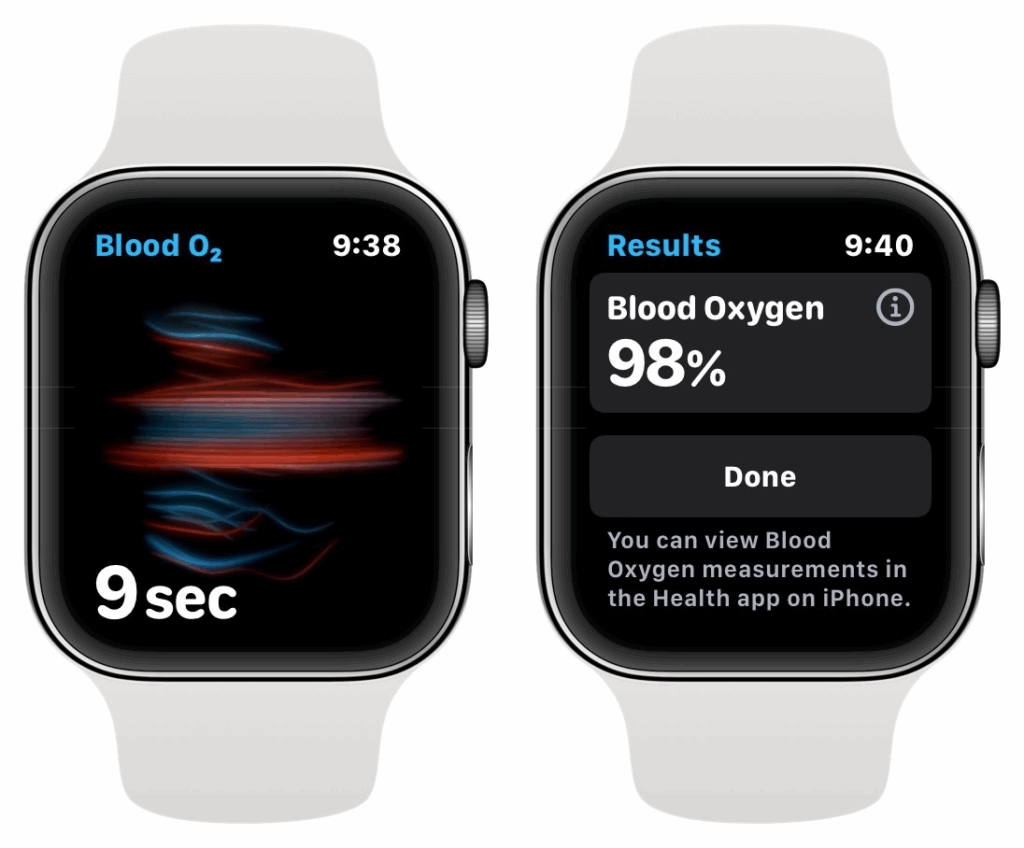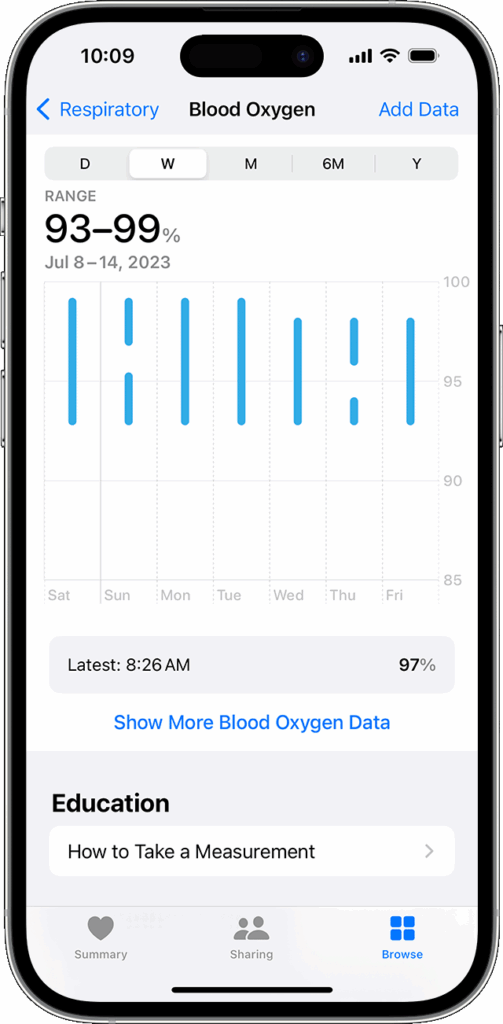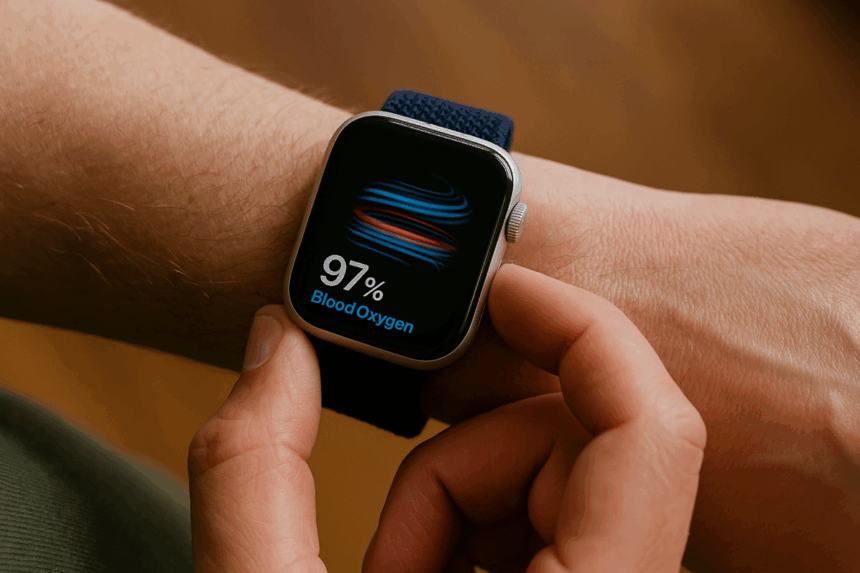Apple Watch owners in the U.S. are getting a welcome health upgrade. The upgrade includes the return of the Apple Watch blood oxygen monitoring feature. After a two-year absence caused by a legal battle, the blood oxygen monitoring feature is making a comeback. Starting today, Apple Watch Series 9, Series 10, and Ultra 2 owners can download a software update that restores the capability. The rollout arrives via watchOS 11.6.1 and iOS 18.6.1 for paired iPhones. These versions support Apple Watch blood oxygen monitoring.
What’s Happening & Why This Matters
From Patent Dispute to Software Comeback

In 2023, Apple was forced to disable blood oxygen monitoring on specific models. This followed a patent dispute with Masimo, a medical technology company specializing in oxygen measurement hardware. Masimo alleged that Apple hired away key employees to help develop its sensor technology. After a court case, the U.S. International Trade Commission (ITC) ruled in Masimo’s favor. Consequently, Apple pulled the feature to keep selling the Series 9 and Ultra 2 in the U.S.
The Series 10 launched without blood oxygen monitoring as the legal fight continued. But Apple says it has redesigned the feature and received approval from U.S. Customs to reinstate it. This decision only applies to U.S. models affected by the dispute — Apple Watches sold outside the country were never impacted. With this redesign, Apple Watch blood oxygen monitoring is set to resume functionality.
How to Get It Back
Once updated, users can start a Blood Oxygen session from their Apple Watch. The readings sync directly to the Apple Health app on their iPhone. The results will appear in the app’s Respiratory section. This offers detailed breakdowns and trends over time, thanks to blood oxygen monitoring.
Apple emphasizes that this redesigned implementation complies with the latest U.S. Customs ruling, ensuring the company can keep selling watches with the restored feature in the American market.
Health Tech‘s Bigger Picture

This revival highlights how tech giants are increasingly tied up in intellectual property battles. These battles arise as they expand into regulated health-tech spaces. The return of blood oxygen monitoring reinforces Apple’s ambition to keep the Apple Watch as a leading personal health device. This is despite legal headwinds and shows the resilience of their Apple Watch blood oxygen monitoring strategy.
Apple stated, “This launch was enabled by a recent U.S. Customs ruling,” underscoring that regulatory approval played a key role. For consumers, the practical result is a more capable health companion on their wrist — without needing to buy a new watch.
TF Summary: What’s Next
Apple’s blood oxygen monitoring update is a regulatory win in its battle to keep health features available to U.S. customers. It also shows that Apple is flexible in redesigning core technologies to navigate patent restrictions. For users, the feature offers expanded health tracking without any extra hardware purchase.
TF expects further refinements in Apple Watch health features as the company merges wearable technology with advanced medical monitoring. New developments and products will always traverse the labyrinth of patents and regulations.
— Text-to-Speech (TTS) provided by gspeech


